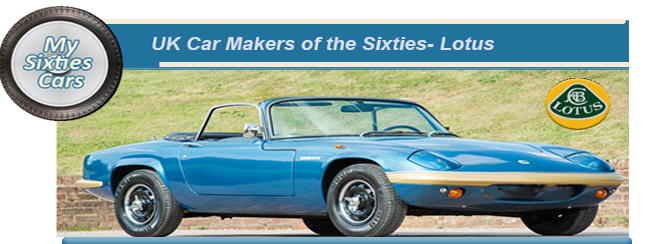
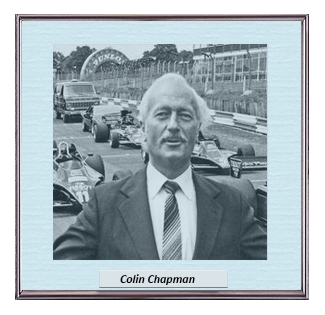 Chapman founded the Lotus Engineering Co, in 1952 choosing the improbable setting of the fashionable suburb of Hornsey in North London.
Chapman founded the Lotus Engineering Co, in 1952 choosing the improbable setting of the fashionable suburb of Hornsey in North London.
The first Lotus cars were modified Austin Seven specials, after which Chapman and Lotus began to specialise in building basic two-seater sports cars on multi-tube chassis platforms.
One of Chapman’s earliest offerings was the Lotus 6, a genuinely low-cost, street-legal competitor that they could drive to the track or hill climb, compete, and go home in afterwards.
By the end of the Fifties, Chapman formed Lotus Cars Ltd and began to produce his first in-house designed and developed cars, in particular, the more advanced Seven and the monocoque-shelled Elite.
At the same time, Colin Chapman, a great lover of motor racing, had begun to realise what was his true passion- to develop his own Formula One racing team.
![]()
While it could be said that the Fifties were a decade of development for Lotus, it was during the Sixties that they really establish themselves.
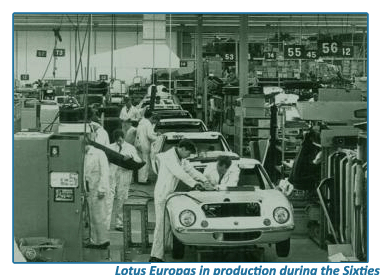 They did so not only by producing technically advanced single-seater race cars, which enjoyed considerable success in the Formula One circuit as well as at the famous Indy 500 events in America.
During the exciting decade with Chapman leading the way, Lotus developed their own twin overhead camshaft road-car engine, as well releasing some top-selling cars, the Elan, Plus 2 and Europa, while also working in close cooperation with Ford UK in the development of the iconic Lotus-Cortina saloon for Ford.
They did so not only by producing technically advanced single-seater race cars, which enjoyed considerable success in the Formula One circuit as well as at the famous Indy 500 events in America.
During the exciting decade with Chapman leading the way, Lotus developed their own twin overhead camshaft road-car engine, as well releasing some top-selling cars, the Elan, Plus 2 and Europa, while also working in close cooperation with Ford UK in the development of the iconic Lotus-Cortina saloon for Ford.
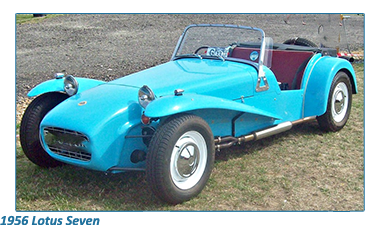 The Seventies saw a period of consolidation for Lotus with the company going through some major changes.
Firstly the manufacturing rights for the Seven were sold off to Caterham Cars in 1973.
The Seventies saw a period of consolidation for Lotus with the company going through some major changes.
Firstly the manufacturing rights for the Seven were sold off to Caterham Cars in 1973.
This move allowed Lotus to concentrate on developing an entirely new 16-valve engine fitted in both Esprit and Elite road cars as well as a series of great single-seater racers.
 Always surrounded by controversy, and ready to interpret motorsport regulations to suit his own opinions, Chapman continued to be a dynamic figure in the Seventies.
Always surrounded by controversy, and ready to interpret motorsport regulations to suit his own opinions, Chapman continued to be a dynamic figure in the Seventies.
Lotus began to supply 16-valve engines to Jensen (Jensen-Healey) and Talbot (Sunbeam-Lotus), as well as setting up an in-house engineering consultancy division.
![]()
One of their largest and most controversial clients ware the Belfast based De Lorean company, with Lotus involved in engineering the model for production.
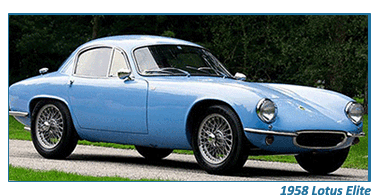 With complete and thorough modifications to make all their cars comply with the new US Federal safety regulations the Lotus Group, as they were no known, ended the Sixties in excellent shape.
With complete and thorough modifications to make all their cars comply with the new US Federal safety regulations the Lotus Group, as they were no known, ended the Sixties in excellent shape.
For several years Lotus production and sales levels had increased run at the remarkable rate of 40 per continually.
By the end of the decade, Lotus had developed from a small manufacturer of advanced high-performance specials to a quantity manufacturer of some of the best-mannered and attractive road-cars, as well as some of the most successful competition cars of the decade.





